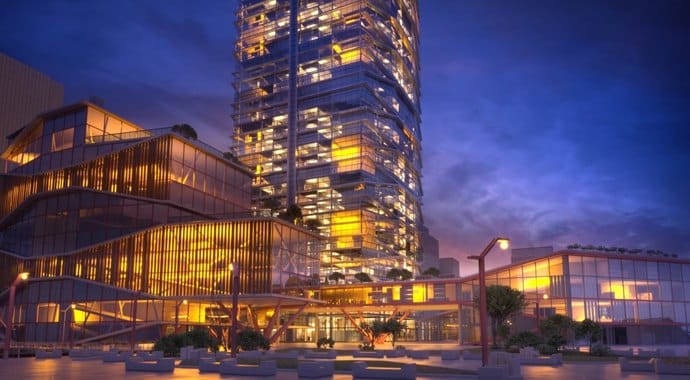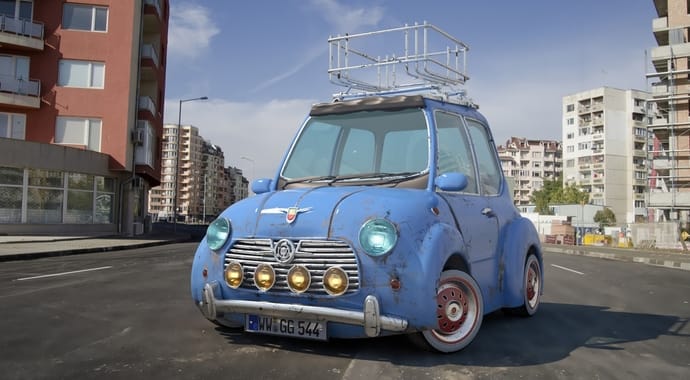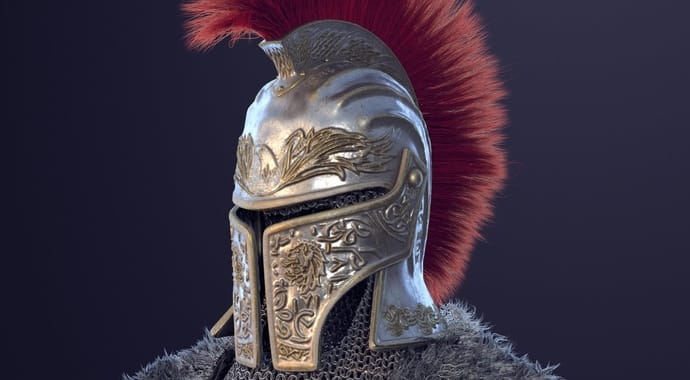
Get a speed boost with Adaptive Lights
If you’re using lots of lights in your scene, just turn on Adaptive Lights and speed up your renders — up to 7x faster on some of the scenes we’ve tested.

If you’re using lots of lights in your scene, just turn on Adaptive Lights and speed up your renders — up to 7x faster on some of the scenes we’ve tested.

V-Ray’s unique Stochastic Flakes material is perfect for sparkling materials like car paints, sand and snow.

Add an extra touch of realism by varying the colors of your textures with Forest Color in iToo Software’s popular Forest Pack.

Look through walls and inside objects by creating cutaways and sections with the V-Ray Clipper’s powerful render-time booleans. Now supported in V-Ray GPU 3.5 and higher.

With the help of Aerial Perspective, objects naturally blend in with the background and give your scene an added sense of depth.

Integrate your model into any backplate — photo or render — with proper shadows.

V-Ray’s On-demand Mip-mapping saves GPU memory, making it possible for you to render large scenes with lots of textures.

Use any RGB texture as a bump map using the Color to Bump Map utility node.

Focus the intensity of your rectangular or disc-shaped area lights with Light Directionality controls.

If you’re rendering on one GPU, you can set it to Low GPU Thread Priority to keep working interactively while you render.

Learn how to use V-Ray GPU supported features such as the displacement modifier, V-Ray Hair Material, and Ornatrix plugin. This scene is available for 3ds Max 2014 and up.
Download scene >

In this V-Ray video tutorial, we’ll take a closer look at the “VRayFur” and how we can use it to create procedural fur and grass using the GPU.

This V-Ray tutorial demonstrates how to render very high resolution images, together with their separate render elements, with V-Ray RT GPU.
 © André Matos
© André Matos © André Matos
© André Matos